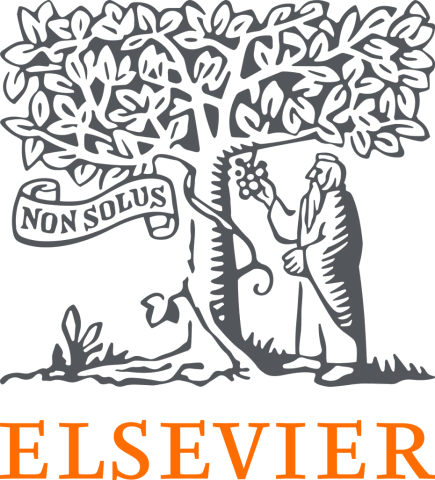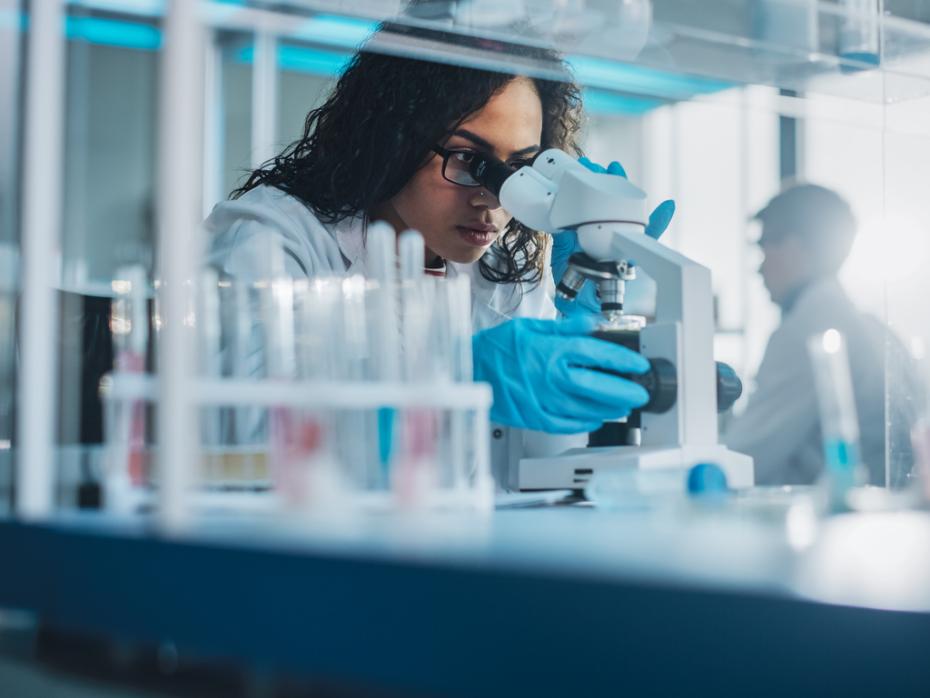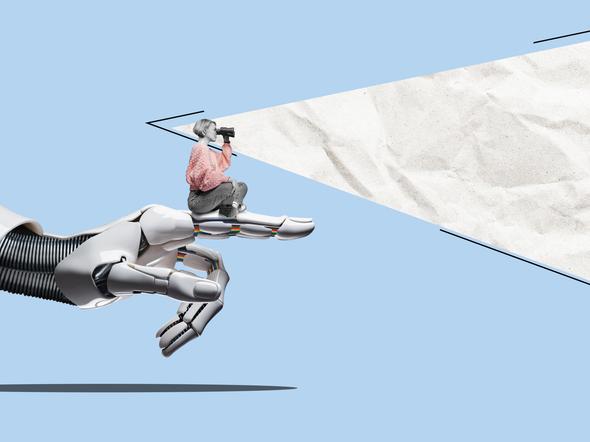
Enhance GenAI collaboration for future-proof research support
Embrace the possibilities of generative AI in research support with a strategic mindset. Ryan Henderson, Ayla Kruis and Tse-Hsiang Chen share their practical framework for successful human-AI collaboration
Research management
Sponsored by

Elsevier helps researchers and healthcare professionals advance science and improve health outcomes for the benefit of society.
In the future of research support, generative artificial intelligence (GenAI) isn’t just a tool; it’s your colleague and ally. Whether you’re crafting grants or shaping policy, GenAI offers a wide range of possibilities tailored to the unique role of each research manager. Sure, it can’t write a full grant proposal on its own – yet – but when used strategically, GenAI has the potential to increase both the efficiency and quality of our work. So, how can research managers integrate this into diverse workflows?
In this article, we will outline a general framework for human-AI collaboration in research support that most research managers can apply. Before you start, familiarise yourself with current AI guidelines at your institution and take steps to apply GenAI responsibly.
Step 1: define your workflow
Before asking what GenAI can do, define what you do. Map out your common work processes: list all the steps you take during a typical day or project. Reflect on your list and look for bottlenecks. Which steps usually take the most time? Can GenAI help?
Furthermore, keep in mind that “GenAI” is a broad term: there are countless tools available, each with a different speciality and a set of strengths and weaknesses. We consider two types of GenAI support:
- Automation: we delegate routine or repetitive tasks to save time
- Augmentation: we consult GenAI like a colleague and increase the level of our work.
Experiment with different tools and see which ones fit your workflow best. For inspiration, let’s look at a few examples of what GenAI can do:
| Type of tool | How GenAI adds value |
| General purpose | GenAI chatbots can quickly write an email, summarise long texts or brainstorm in a conversational format |
| Research | They can find relevant sources and minimise hallucinations (AI-generated inaccuracies) using AI-powered data analysis tools |
| Productivity | They extract information from PDFs such as calls for proposals |
| Writing | They can improve your writing and make your message clearer. This is especially useful for non-native English speakers |
| Image generation | They can create project logos, proposal figures and presentation illustrations |
| Teaching | They can create workshop outlines, presentation slides and other educational resources |
Step 2: plan your GenAI collaboration
After you have mapped out your workflow, identify the steps where GenAI could add value and determine what its role will be. Every collaboration starts from a common understanding of responsibilities and a task division that plays to the talents of each team member. Applying this approach to GenAI can help you leverage the technology’s strengths while focusing on where you add the most value as the human operator. Assign tasks to your GenAI tool strategically and prioritise accordingly. Not every document needs to be award-winning, and not every task should be completed quickly.
- Resource collection: AI transformers like ChatGPT are here, so what next?
- Can we spot AI-written content?
- ChatGPT and generative AI: 25 applications to support research
Example: drafting an impact pathway using GenAI
Impact is one of the three main sections in a Horizon Europe proposal. This non-technical part is often where researchers seek guidance from research managers for a helicopter perspective. The AI-augmented process below showcases how people (research managers and researchers) and GenAI can collaborate to develop a strong draft of an impact pathway.
Step 3: fine-tune your collaboration
As with human colleagues, establishing a great collaboration won’t happen overnight. If it’s your first time using GenAI, start with just one or two simple tasks. Build on successful examples and expand on them to become a winning team.
Icebreaker: Every good result starts with a good prompt. There are many resources about prompt engineering, which is beyond the scope of this article. Once you write a prompt, test and adjust as needed. If you like the output, save your prompt in a personal “prompting library” for later access and to share with colleagues.
Conversation: Working with GenAI requires more effort than simply pasting a prompt into a textbox: it’s a discussion. GenAI tools deliver the best output when used in a conversational manner, so don’t just use the first response you get. Give examples and feedback.
Outcome: there will always be some trial and error involved. Experiment to find out how you and GenAI can form the best team and complement each other best. If you don’t get the output you wanted, perhaps your task was too complex and needs to be broken down into multiple, logical steps.
Step 4: stay in the loop
Even if you’re happy with the result, your work is not done! As the human in the loop, you are responsible for any GenAI-assisted output. Always check GenAI output for bias and hallucinations, and edit the text to better fit your own voice.
GenAI opens a whole new frontier in research support, streamlining complex processes and enhancing our work. Each small step you take to explore this technology pushes the boundaries and shapes the future of our profession. With your guidance, GenAI can act as a collaborator to augment – not replace – your expertise.
Ryan Henderson and Tse-Hsiang Chen are grant advisers at the University Medical Center Utrecht. Ayla Kruis is a grant and career advisor at Utrecht University.
If you would like advice and insight from academics and university staff delivered direct to your inbox each week, sign up for the Campus newsletter.
Research management
Sponsored by


